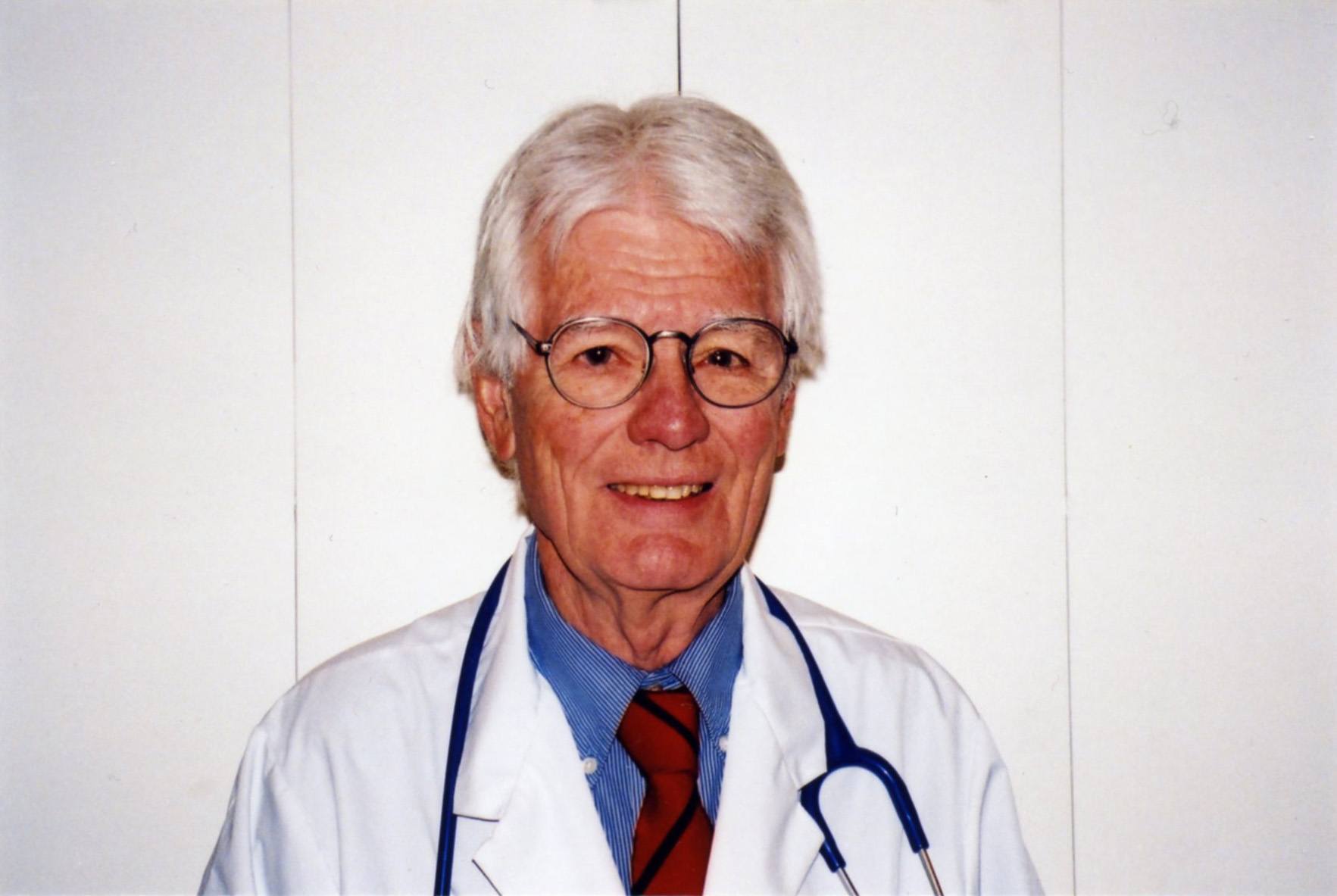Would you jump at the chance of back surgery that has zero risk of post-operative complications, is free of pain and provides relief of all your symptoms?
Or would you choose a back operation that provides none of these guarantees? The first choice may sound like being sold swampland in Florida. But a recent study shows this is not science fiction.
Dr. Rachelle Buchbinder is a researcher at Monash University in Malvern, Australia. She recently reported in The New England Journal of Medicine about an operation called vertebroplasty.
During this surgery medical ‘cement’ was injected into a fractured spinal bone to provide extra strength to it. The surgeons hoped that this approach would relieve back pain because compression fractures of the spine occur frequently in the elderly.
Thirty-six other patients believed they were undergoing the same procedure. But in their case, to mimic the effect of the operation, surgeons just tapped against the spine making them believe the needle containing medical cement was being inserted into the spinal bone.
To make it more authentic, they also made sure that the odour of the cement was present in the operating room.
Dr. Buchbinder says that those patients who had the sham surgery reported that they experienced the same relief of pain as those who had the real operation.
This is not an isolated finding. Dr. David Kallmes of The Mayo Clinic, in Rochester, Minnesota, was the lead investigator of a study of 131 patients at several medical centers who underwent sham surgery for back pain. He also reported that one month after supposed vertebroplasty had been performed, patients had the same relief of pain as those who had the actual operation.
Several years ago the U.S. Department of Veterans Affairs and Baylor College of Medicine wanted to determine whether arthroscopic surgery, a common treatment for osteoarthritis of the knee was of value.
In this study 180 patients with knee pain were divided into three groups.
One group had a lighted instrument (arthroscope) inserted into the joint. Worn, torn or loose cartilage was then removed from the knee joint.
A second group had bad cartilage flushed out. The third group just had two small skin incisions where the instruments were normally inserted and nothing else done.
During the next two years patients in all three groups reported moderate improvement in pain and ability to function.
Those in the placebo group claimed the same relief of pain. In fact, at certain points in the follow-up, subjects of the sham surgery reported better outcomes than those who had material removed from the joint!
These results must keep knee surgeons awake at night.
But the placebo effect has also been seen in patients suffering from medical problems. Researchers at the University of Denver implanted human embryonic tissue into the brains of patients suffering from Parkinson’s Disease. Such patients develop tremor and other symptoms due to a lack of dopamine.
To insert the dopamine patients had small holes drilled into their skulls.
One patient had not been physically active for many years before the operation. In the year after surgery she resumed hiking and ice-skating.
But she had only received dummy surgery!
In another study at the University of Oklahoma, a patient suffering from anxiety was given a placebo. Fifteen minutes later his blood pressure dropped, his skin became clammy and he collapsed.
But how can this happen? It’s believed that the placebo effect depends on multiple factors, one being what’s called ‘Patient Expectant Effect.’
In other words, if a patient is convinced an operation is going to relieve pain, the result will be better than that of a patient who doesn’t think it will work.
The question is whether dummy treatment is fraudulent and should be relegated to history. Or should doctors use placebo therapy under certain circumstances? One needs the wisdom of Solomon to answer this question.
But let’s end on a positive note. We also know that real surgical operations and medicines can kill you.
To my knowledge, no one has ever lost his life from placebo treatment.
See the web site www.docgiff.com. For comments info@docgiff.com.



